Updates from the Volvo Ocean Race
Published on March 17th, 2018
by Craig Leweck, Scuttlebutt
I admit to being an occasional pain, which is certainly what I have been for the Volvo Ocean Race organizers. They are good people, but I have been pestering them on two points – stealth mode and course distance.
Stealth mode: Nobody tries harder to engage fans than the Volvo Ocean Race. They use a great tracker and have blogs and raw media off the boat. Social media is active too. Creating interest in the race, and heightening the connection with each team, is part of the commercial model. So why then turn out the lights so the racers can use the stealth mode tactical tool? The race has been turned into entertainment, and this blackout period when the team location is hidden makes me lose interest.
Update: Stealth mode is gone. An update to the Sailing Instructions on March 16 eliminates the option for boats to elect to have their position reports not published for three consecutive scheduled 6 hourly reports when a boat is not within 200 miles of the Leg finish.
Course distance: We all know there is a direct distance and a tactical distance. A windward-leeward course may have one mile legs, but the distance we sail is significantly more. This is understood, however, the Volvo Ocean Race has sought to be clever and quote their leg lengths using tactical distance. This has led to confusion when past reports for the race use direct distance as do the teams in their leg preview reports. Plus when the race starts, the tracker reveals a distance to the finish significantly less than what the organizers have quoted.
Update: As the organizers have published so much information about 2017-18 race, their decision to list tactical distances is likely locked in. However, they have at least admitted what they are doing in a report published on March 17. For Leg 7, their routing software estimates the distance teams sail will be 7600 nm while organizers say the tracker lists the distance to finish at 6,623.6 nautical miles. For reference, the 2014-15 race listed the same leg distance at 6,776 nm.
The fleet is back to full strength will all seven Volvo Ocean Race teams to begin Leg 7 on March 18, which takes the fleet from Auckland, New Zealand through the “Furious Fifties”, the inhospitable, remote waters south of 50-degrees latitude that circle Antarctica, around Cape Horn and up to Itajaí, Brazil.
Race details – Tracker – Scoreboard – Race route – Facebook – YouTube
Overall Results (after 6 of 11 legs)
1. MAPFRE (ESP), Xabi Fernández (ESP), 39 points
2. Dongfeng Race Team (CHN), Charles Caudrelier (FRA), 34
3. Team Sun Hung Kai/Scallywag (HKG), David Witt (AUS), 26
4. Team AkzoNobel (NED), Simeon Tienpont (NED), 23
5. Vestas 11th Hour Racing (DEN/USA), Charlie Enright (USA), 23
6. Team Brunel (NED), Bouwe Bekking (NED), 20
7. Turn the Tide on Plastic (POR), Dee Caffari (GBR), 12
2017-18 Edition: Entered Teams – Skippers
• Team AkzoNobel (NED), Simeon Tienpont (NED)
• Dongfeng Race Team (CHN), Charles Caudrelier (FRA)
• MAPFRE (ESP), Xabi Fernández (ESP)
• Vestas 11th Hour Racing (DEN/USA), Charlie Enright (USA)
• Team Sun Hung Kai/Scallywag (HKG), David Witt (AUS)
• Turn the Tide on Plastic (POR), Dee Caffari (GBR)
• Team Brunel (NED), Bouwe Bekking (NED)
Background: Racing the one design Volvo Ocean 65, the 2017-18 Volvo Ocean Race begins in Alicante, Spain on October 22 2017 with the final finish in The Hague, Netherlands on June 30 2018. In total, the 11-leg race will visit 12 cities in six continents: Alicante, Lisbon, Cape Town, Melbourne, Hong Kong, Guangzhou, Auckland, Itajaí, Newport, Cardiff, Gothenburg, and The Hague. A maximum of eight teams will compete.



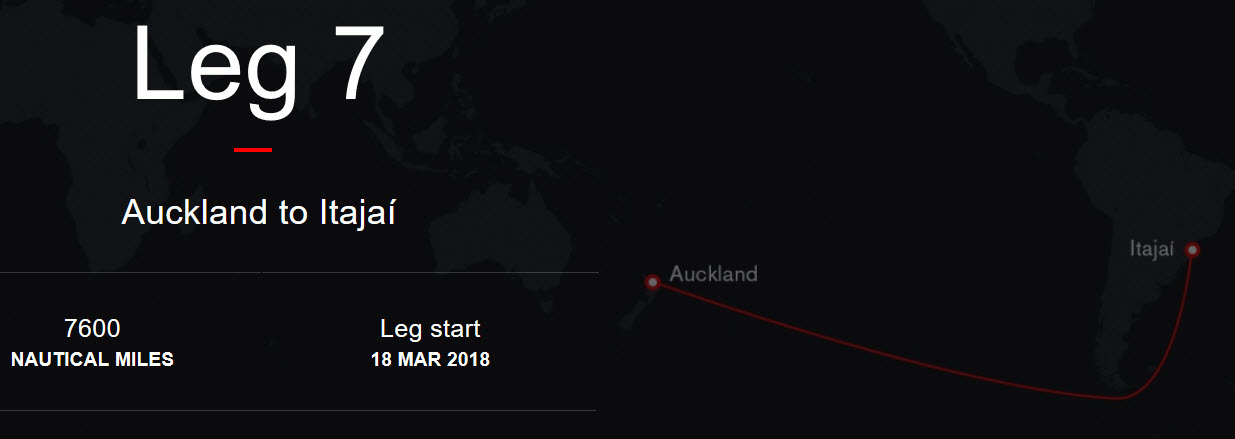
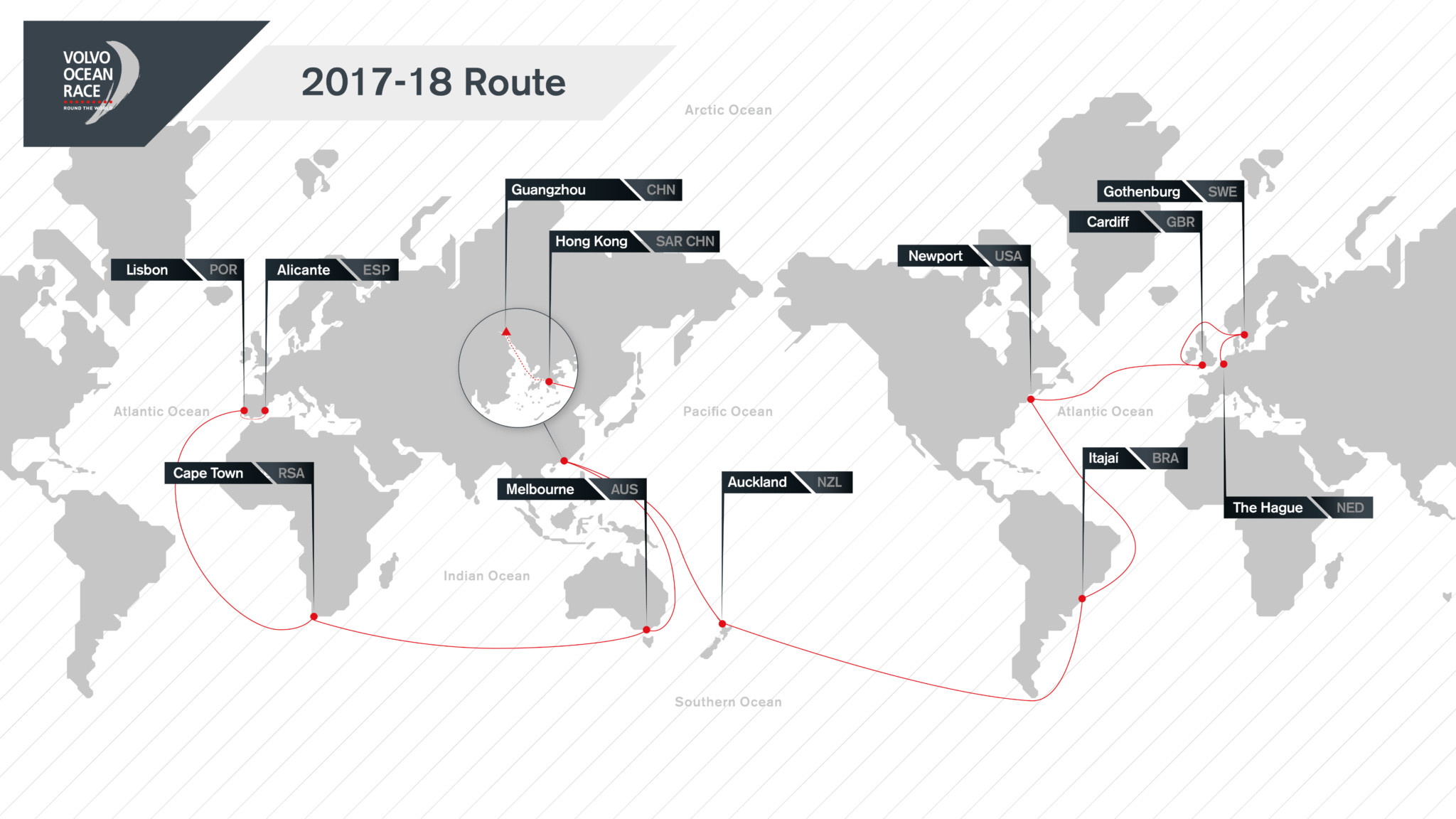

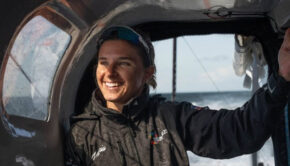
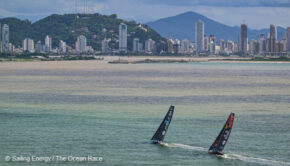
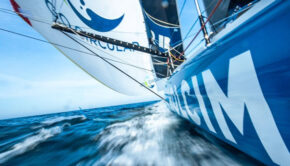
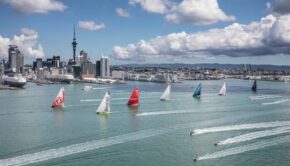
 We’ll keep your information safe.
We’ll keep your information safe.